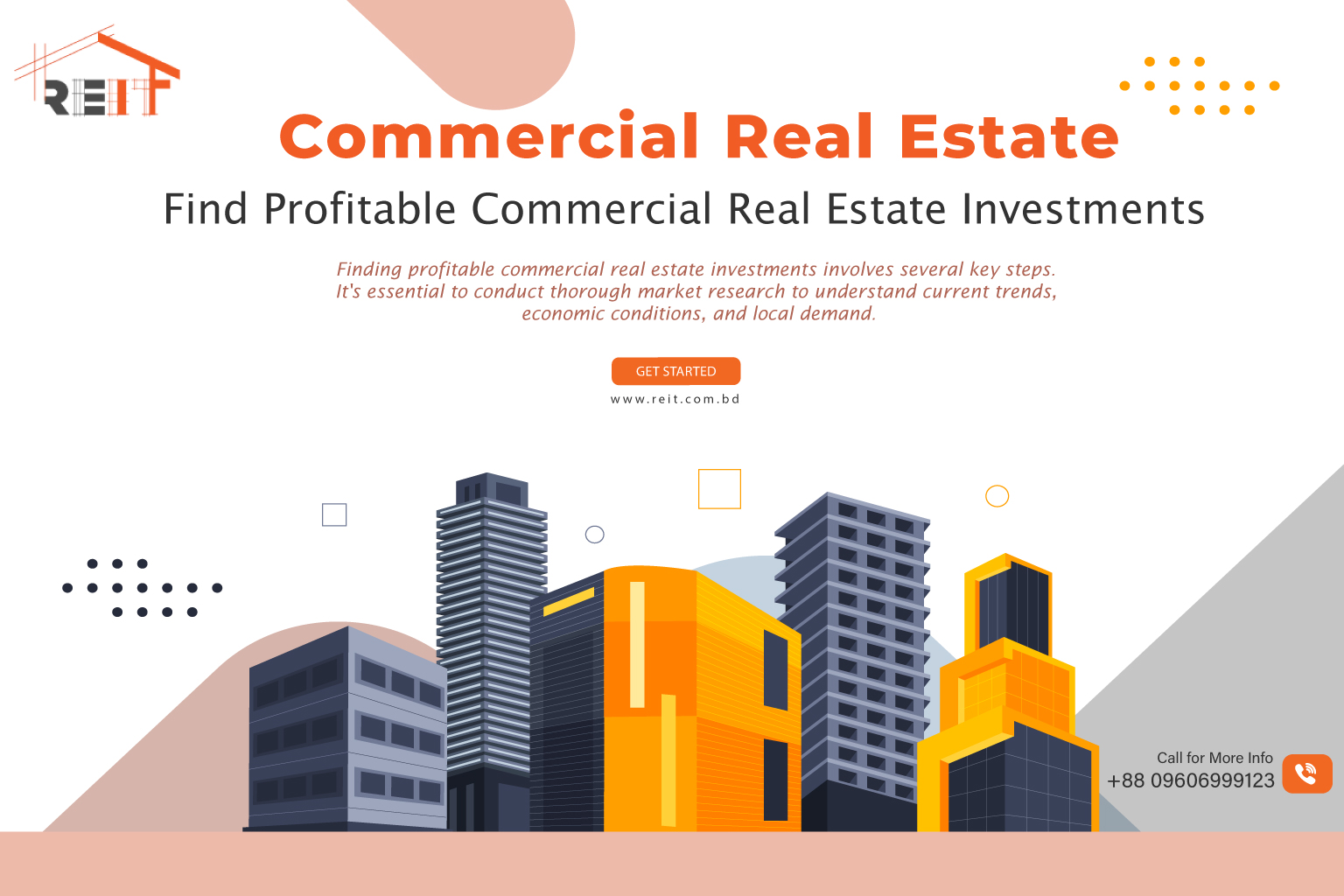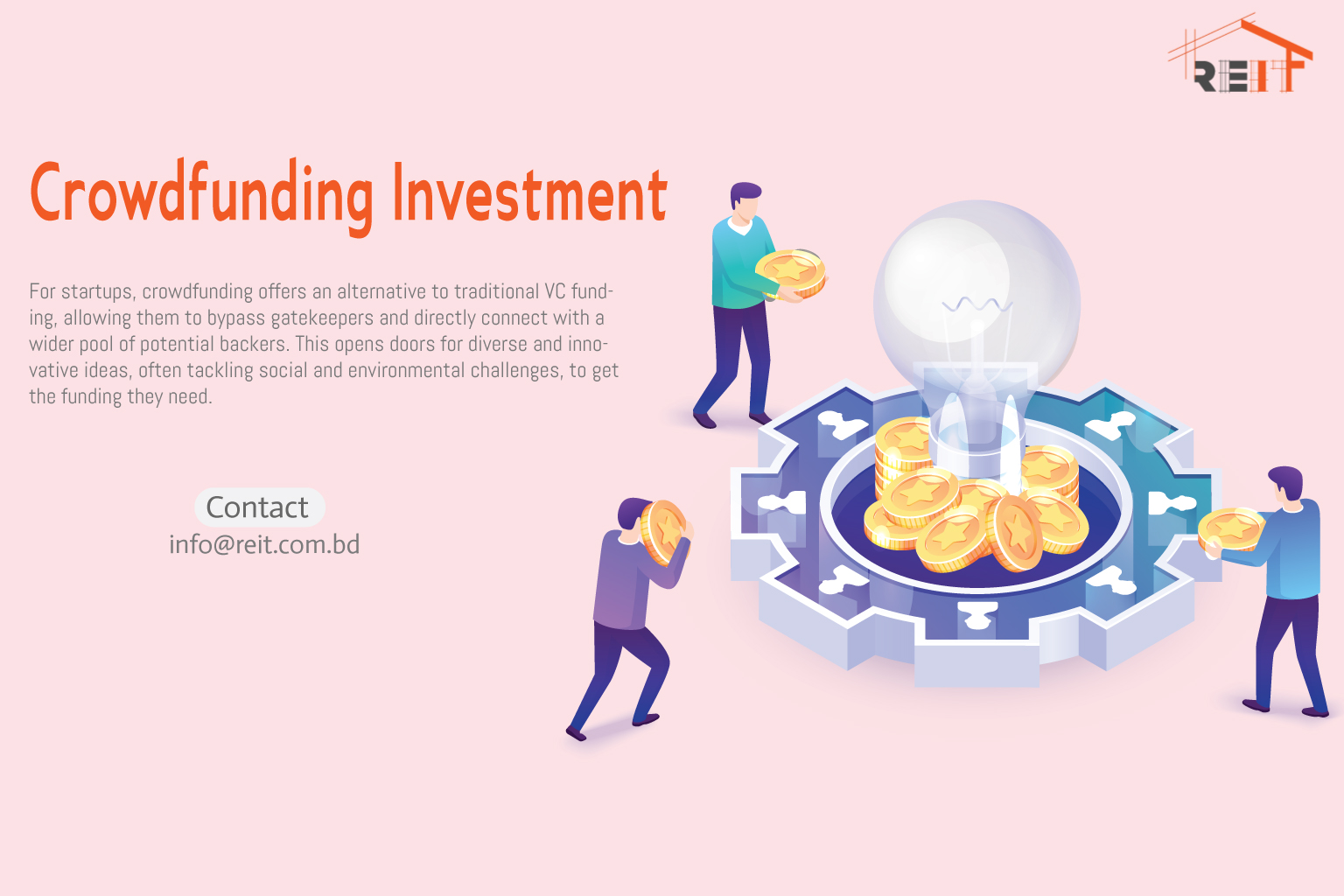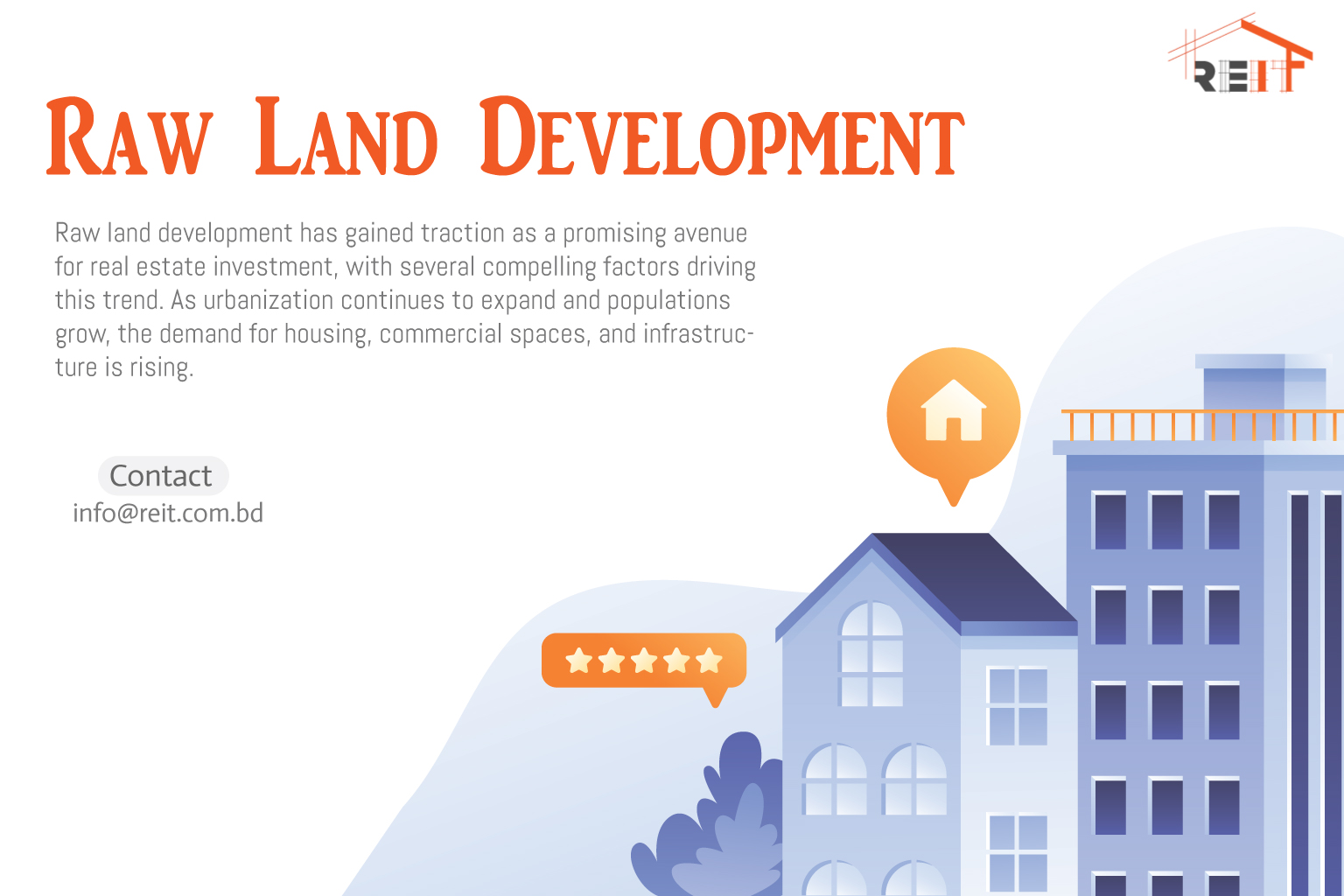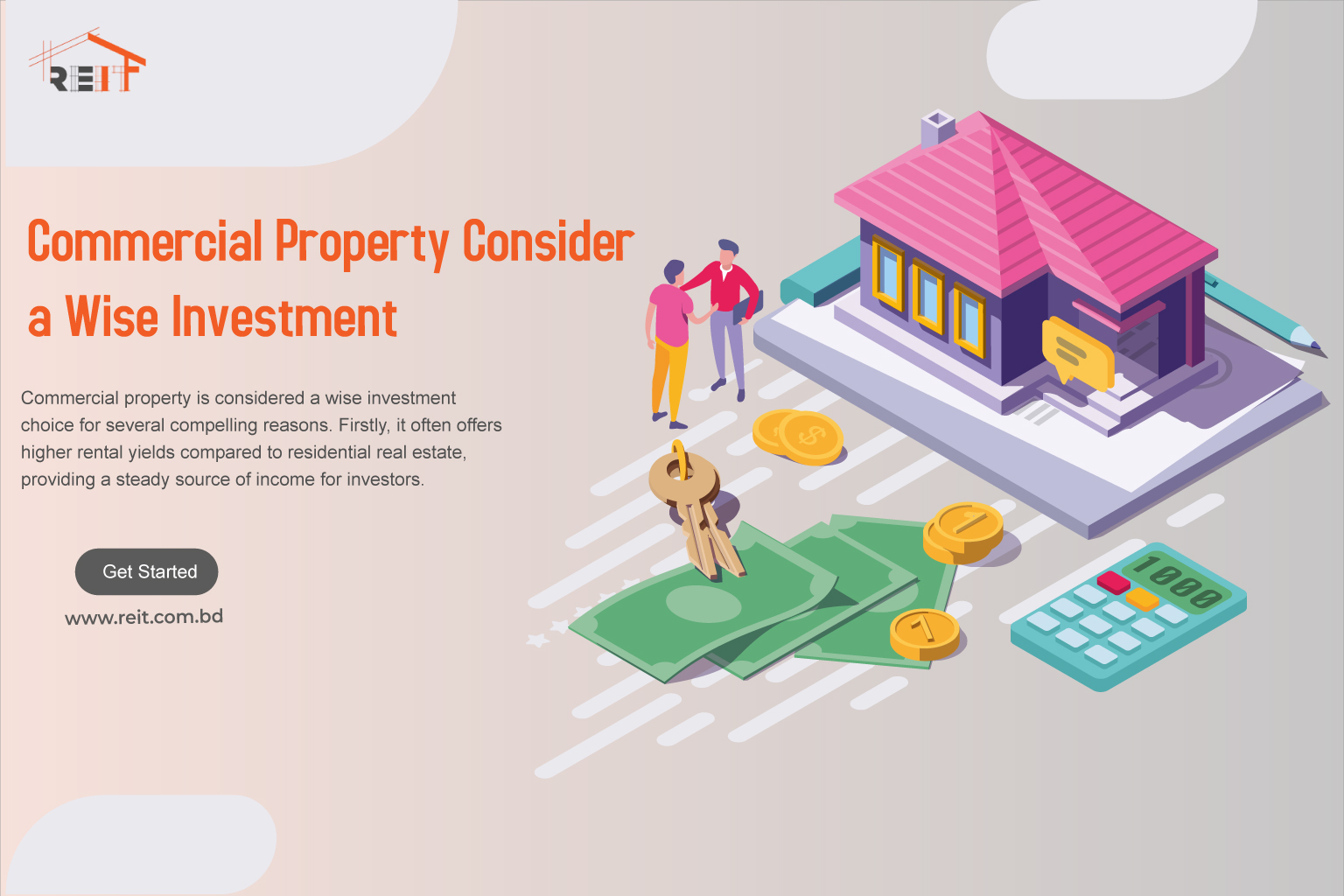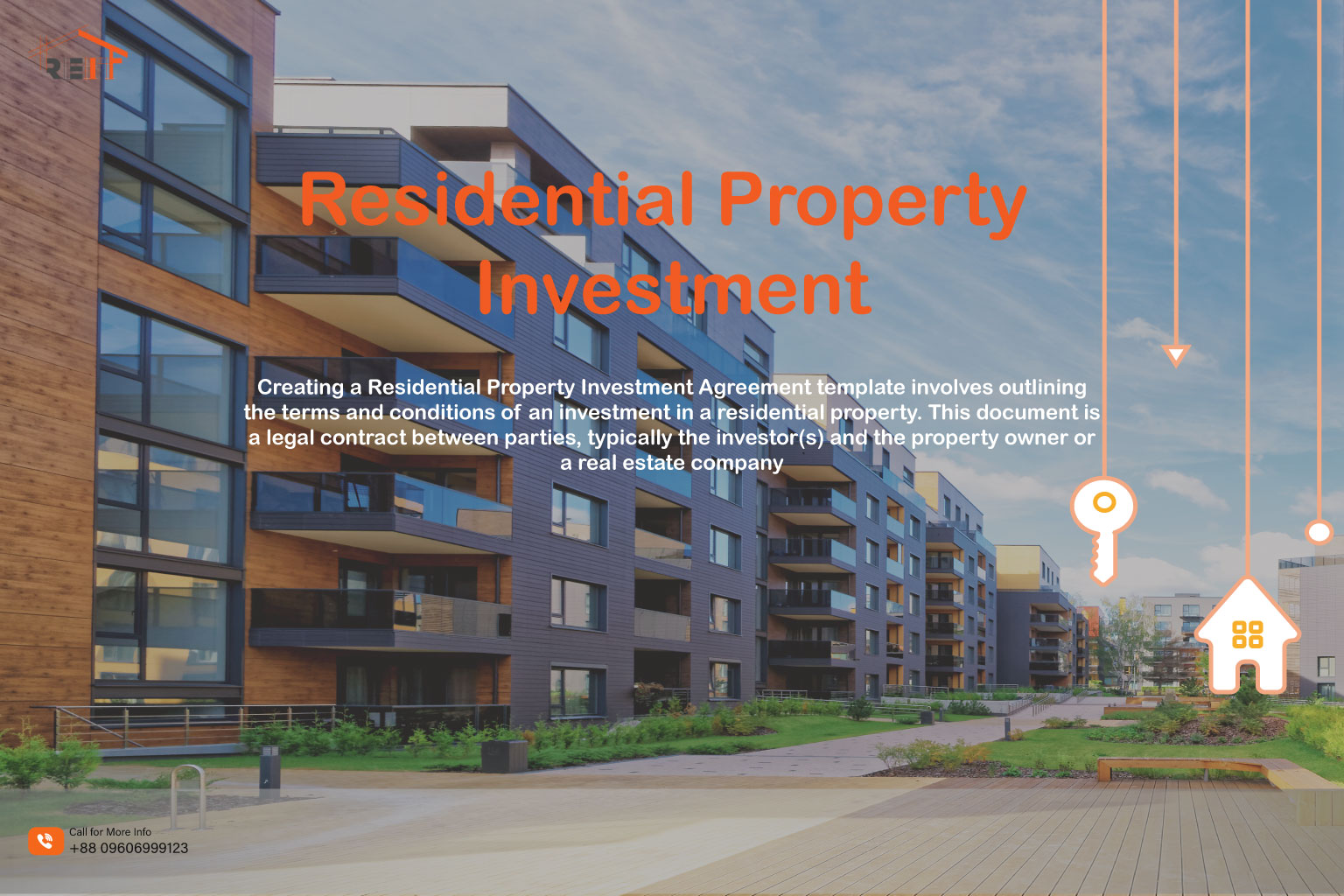Embarking on rental property investment as a beginner can be both exciting and daunting, and understanding the fundamentals is key to success. This journey starts with thorough market research, where you identify promising areas with strong rental demand and potential for property value growth.
Securing financing through mortgages or other means needs careful consideration, particularly regarding interest rates and repayment terms. Equally important is understanding the legalities of being a landlord and ensuring compliance with local laws and regulations.
Effective property management, whether handled personally or through a professional agency, is vital for maintaining property conditions and managing tenant relationships.
Lastly, having a clear exit strategy and understanding the risks involved, such as market volatility or property vacancies, will help in making informed and profitable investment decisions.
How to Identify High-Potential Rental Property Investment Markets
Identifying high-potential markets for rental property investment hinges on thorough research and keen market insight. Start by examining economic stability and job growth in potential areas, as strong employment opportunities typically draw renters.
Scrutinize local real estate trends, including property prices, rent averages, and appreciation patterns, to assess profitability. Demographic shifts and preferences, like the need for proximity to schools or public transport, can signal high rental demand.
Evaluating the balance of housing supply versus demand is crucial; markets with growing demand but limited supply often offer lucrative opportunities. Also, keep an eye on future developments and infrastructure projects that can enhance property values.
Understanding local landlord-tenant laws is vital, as these can affect both your bottom line and operational aspects. In sum, selecting high-potential rental markets involves a mix of economic analysis, understanding local demographics, and anticipating future regional developments.
Budgeting for Success: Financial Planning for New Investors
Budgeting for success in rental property investment, especially for new investors, involves several key financial planning aspects:
- Initial Investment Costs: Account for the down payment, closing costs, and any immediate renovations or repairs needed. Ensure you have sufficient funds for these upfront expenses.
- Mortgage Payments: If you’re financing the property, factor in monthly mortgage payments, including principal and interest.
- Operating Expenses: Budget for ongoing operating costs such as property taxes, insurance, maintenance, repairs, property management fees, and utilities (if not covered by the tenant).
- Emergency Fund: Set aside a contingency fund for unexpected expenses, such as emergency repairs, to avoid financial strain.
- Rental Income Estimation: Research the local market to estimate potential rental income realistically. Be conservative in your estimates to avoid overestimating income.
- Cash Flow Analysis: Calculate your net cash flow (rental income minus all expenses). Positive cash flow is crucial for a successful investment.
Avoiding Common Pitfalls in Rental Property Investment
Avoiding common pitfalls in rental property investment requires a blend of diligence, research, and strategic planning. One of the primary mistakes is neglecting thorough market research, which can lead to investing in areas with low rental demand or poor growth prospects.
Overestimating rental income and underestimating expenses is another common error, often resulting in negative cash flow. New investors sometimes overlook the importance of rigorous tenant screening, leading to issues like property damage and unpaid rent.
Not setting aside enough funds for maintenance, repairs, and vacancies can also strain finances. Additionally, failing to understand and comply with landlord-tenant laws and regulations can lead to legal problems. Another pitfall is attempting to manage everything independently without adequate time or expertise, which can be overwhelming and inefficient.
Successful rental property investors recognize these risks and take proactive steps to mitigate them, such as conducting detailed financial analyses, building a network of professionals for advice and services, and staying informed about the legal and regulatory aspects of property management.
Tax Benefits to Expect from Rental Property Investment
Investing in rental properties offers several key tax benefits that can significantly impact the overall profitability of the investment:
- Mortgage Interest Deduction: Interest paid on a mortgage for a rental property is usually tax-deductible, which can be a significant deduction for property owners with a mortgage.
- Property Tax Deduction: Property taxes paid on rental property are fully deductible from rental income.
- Maintenance and Repairs: Expenses for maintaining and repairing the rental property are tax-deductible in the year they are incurred.
- Travel Expenses: Travel costs incurred for the maintenance and management of the property can be deducted.
- Home Office Deduction: If you manage your rental properties from a home office, a portion of your home’s expenses may be deductible.
- Legal and Professional Fees: Fees for legal advice and professional services related to the rental property, including tax preparation, are deductible.
How to Plan for Unexpected Expenses in Rental Property Investments
Planning for unexpected expenses in rental property investments is crucial for maintaining financial stability and protecting your investment. Key to this planning is establishing an emergency fund, typically recommended to be a certain percentage of the property value or a set amount per rental unit.
This fund should cover unexpected repairs and maintenance issues or even cover costs during tenant vacancy periods. Savvy investors often set aside a portion of their monthly rental income to continually build this reserve.
Additionally, it’s important to have comprehensive insurance coverage, which can mitigate costs from property damage, liability claims, or loss of rental income. Regular property inspections and preventive maintenance can also help in identifying and addressing potential issues before they become costly repairs.
Moreover, staying updated with property market trends and rental laws can prepare investors for changes that might affect their expenses, such as new regulatory requirements. By anticipating these unexpected costs and having a financial buffer, investors can ensure the long-term sustainability and profitability of their rental property ventures.
Impact of Economic Trends on Rental Property Investment
The impact of economic trends on rental property investment is significant and revolves around several key factors:
- Employment Rates: Strong job growth in a region boosts housing demand, potentially increasing rental rates and occupancy.
- Inflation: While inflation raises operational costs, it can also lead to higher property values and rents, benefiting property investors.
- Interest Rates: Lower interest rates make mortgages more affordable, encouraging property investment. Higher rates can increase borrowing costs, affecting profitability.
- Economic Stability: A stable or growing economy supports a strong rental market, enhancing investor confidence.
- Demographic Shifts: Changes in population trends, like an increase in remote work, can shift rental demand from urban to suburban areas.
- Government Policies: Regulations, tax laws, and housing policies can significantly influence rental property investment returns.
- Market Supply and Demand: A shortage in housing supply coupled with high demand in an area often signifies a promising investment opportunity.
Tips for Increasing Rental Property Investment Value
Increasing the value of your rental property investment involves strategic enhancements and management practices. Here are some key points to consider:
- Renovate and Upgrade: Modernizing key areas like kitchens and bathrooms can significantly boost property value. Even small upgrades, such as new fixtures or appliances, can make a big difference.
- Enhance Curb Appeal: First impressions matter. Improving the property’s exterior through landscaping, a fresh coat of paint, or new siding can increase its attractiveness.
- Focus on Energy Efficiency: Investing in energy-efficient appliances, windows, and insulation can reduce operating costs and appeal to eco-conscious tenants.
- Maintain and Repair: Regular maintenance and prompt repairs prevent minor issues from becoming major expenses, preserving the property’s value.
- Add Smart Home Features: Incorporating smart technology like thermostats, security systems, and energy-efficient lighting can increase a property’s market appeal.
Conclusion
Rental property investment offers a unique opportunity for generating passive income and building wealth, but it requires careful strategy and management. Effective property management, whether done personally or through a professional service, is crucial to maintaining property value and tenant satisfaction.
Additionally, being aware of legal and tax implications is vital for compliant and efficient operations. Staying adaptable to market changes and being prepared for unexpected expenses are also essential.
While rental property investment comes with its challenges and risks, with the right approach and mindset, it can be a rewarding venture. For those willing to invest the time and resources, it presents a viable path to long-term financial security and success.
FAQs
How do I finance a rental property investment?
Common financing options include traditional mortgages, investment property loans, hard money loans, and leveraging existing home equity. It’s important to compare interest rates, loan terms, and eligibility requirements.
What are the responsibilities of a rental property owner?
Responsibilities include maintaining the property in a habitable condition, complying with landlord-tenant laws, managing tenants, collecting rent, and handling maintenance and repair issues.
Do I get to choose the property?
Yes, you can choose the property for the DALL-E image generation. Just provide a detailed description of what you want to see in the image, and I will create a prompt based on your specifications.



